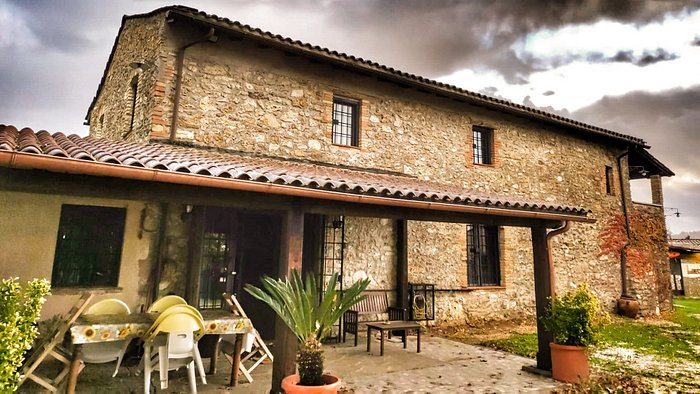
Let’s Have a Great Experience in Farming
The experience of observing a lifestyle farmer in action is not to be dismissed. These are a rare breed, and are not just looking to make a buck. Rather, they are looking to change the world by farming a bit.
In their quest to find a better way to live, they are taking their cues from the local physical landscape and its surrounding socio-political context. The transition to a lifestyle farming system requires not only a commitment to a new way of life, but also a rethinking of the ways in which people are expected to interact with it. To this end, we are examining the experiences of 18 lifestyle smallholders in Italy. During summer 2014, interviews were conducted with a select group of these agricultural trailblazers. Using a multi-level design, we sought to identify the major gimmicks of the field and assess whether these were applicable to the larger population of lifestyle farmers.
While a small number of these farmers opted to adopt the more traditional approaches of re-seeding, composting, and weeding, most opted to explore the alternative approaches. For instance, some participants were able to improve their sleep by incorporating emotional expression into their routine. Others were able to reframe their understandings of exercise by walking with animals.
Nevertheless, despite the aforementioned benefits, many respondents still found it a challenge to sustain a lifestyle of this ilk. They noted that it is a difficult balancing act between the demands of work and family, while at the same time pursuing other interests. Some respondents reported that they were even able to get involved with their local farming communities. This can be done by making new connections, visiting other farms, and scheduling private tours.
Despite the challenges, some participants found that their efforts to establish a new, healthier lifestyle paid off. Among these were improved sleep, less wastefulness, and a renewed sense of self-care. Other participants felt that the benefits were far-reaching, including an increased awareness of others and a greater appreciation of nature.
Although the concept of a lifestyle farm has been around for some time, the implementation of a functional and efficient farming model is relatively new. The most exciting thing about this is that it is not a purely technological affair, and involves an unusually high level of social interaction. Its emergence has been aided by spatial planning tools, which have helped preserve the integrity of the landscape. Yet, more empirical evidence is needed to evaluate how the regime is functioning.
Moreover, we are also interested in the role of place in the transition to a lifestyle farming system. In particular, we are curious about the role of the conservation regime in the process. Whether the conservation model is more than a nice-to-have or an integral part of the transition is debatable.
In short, the most successful lifestyle farmers are likely to be those who are able to combine the advantages of their new lifestyle with the benefits of the surrounding socio-political context. A well-designed care-farming model, for instance, can serve to reinforce existing community relationships and may encourage changes in food politics. Similarly, a subscription farming model could help facilitate the transition from a lifestyle farmer to a successful farmer.